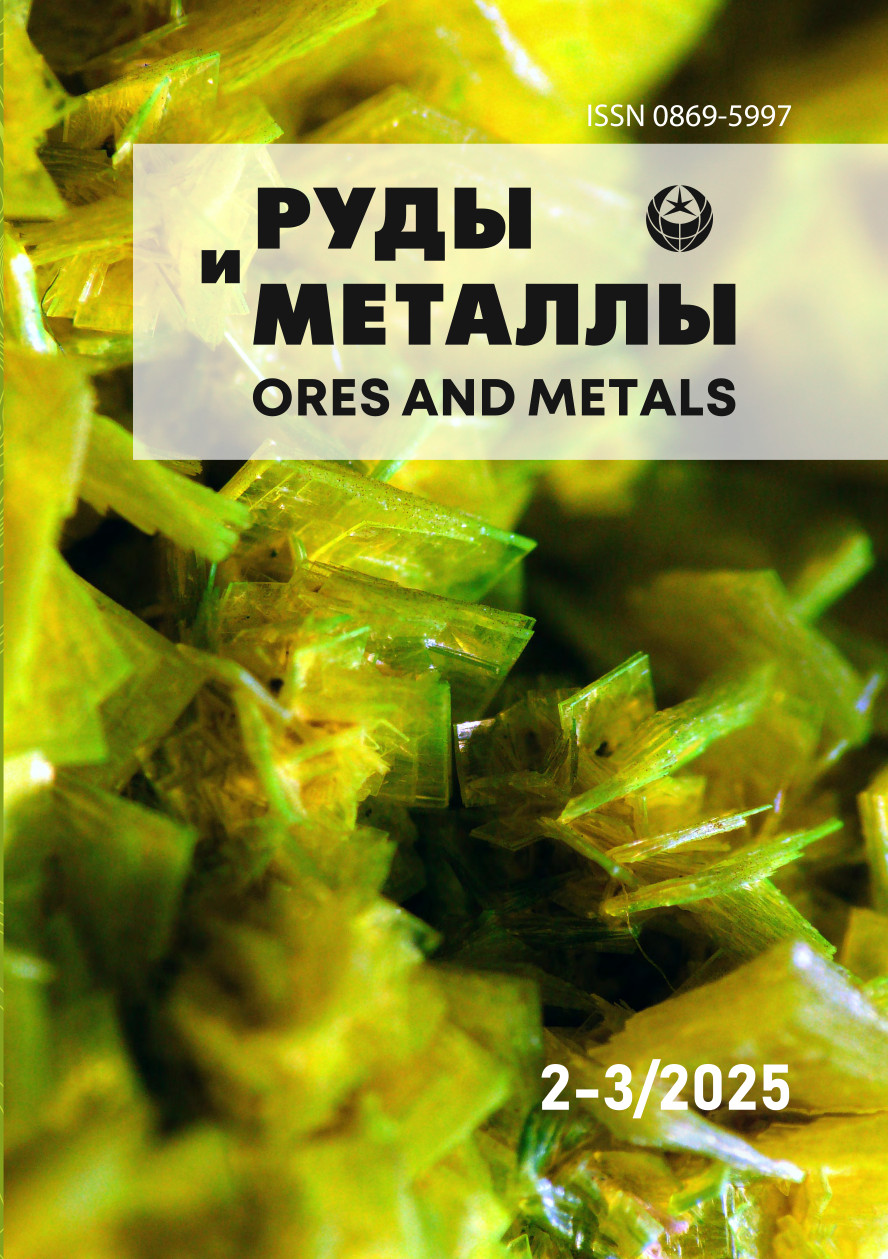Altered wall rocks at lead-zinc deposits in the Priargunsky minerogenic zone
DOI: 10.47765/0869-5997-2025-10009
Keywords:
wallrock alterations (silicification, sericitization, chloritization, carbonatization, pyritization, beresitization), lead-zinc deposits.Abstract
This article summarizes data on altered wall rocks of lead-zinc and polymetallic-VMS deposits confined to carbonate and aluminosilicate rocks in the Priargunskaya metallogenic zone. Geological features of the ore deposits were previously described in a number of publications, but no detailed characteristics of the wallrock alterations were there provided. The authors consider necessary to fill this gap, because the altered rocks represent an important prospecting guide for hidden mineralization of this type. The authors have collected all available data on altered wall rocks at lead-zinc deposits of the Priargunsky region, that were accumulated over the past century. New data on this topic were obtained from the operated Noyon-Tologoy ore deposit associated with volcanic rocks. The previous researchers, when studied the altered wall rocks in the carbonate and aluminosilicate environments, came to conclusion on their formation in the course of beresitization. In this case, different beresite facies form in rocks of different composition: beresites and listvenite-like rocks form in the aluminosilicate varieties, while quartz-ankerite metasomatites form in the carbonate rocks. A study of these rocks at the Noyon-Tologoy deposit (in aluminosilicate environment) led researchers to the same conclusion. The aim of this article was to demonstrate
that the assumptions made earlier have been confirmed. Accordingly, the metasomatic facies (beresites and listvenite-like rocks, developed after aluminosilicate varieties, and quartz-ankerite ones, after the carbonate rocks) are considered a prospecting guide for lead-zinc and polymetallic-VMS type mineralization.


